Hydroponic fodder systems already save space, water, and time — but when you power them with solar energy, they become even more sustainable and cost-effective. In this blog, we’ll explore how solar-powered hydroponics works, its benefits for farmers, and why it’s becoming a smart investment in agriculture.
1. How Solar-Powered Hydroponics Works
Hydroponic systems need electricity for:
- Water pumps (for irrigation)
- LED lighting (when natural light is insufficient)
- Climate control (fans, cooling, heating)
By installing solar panels, you can generate this electricity on-site. Excess energy can be stored in batteries for night use or cloudy days.
2. Benefits of Combining Solar and Hydroponics
- Lower Electricity Bills: Reduce or eliminate dependence on the grid.
- Eco-Friendly Farming: Uses renewable energy, reducing carbon footprint.
- Independence from Power Cuts: Important for rural areas with unstable electricity supply.
- Long-Term Savings: While solar panels have an upfront cost, they last 20–25 years with minimal maintenance.
3. Ideal for Remote & Rural Farms
Many rural dairy or livestock farms face challenges like:
- Irregular power supply
- High diesel generator costs
- Limited access to water
Solar-powered hydroponics solves all three producing green fodder with minimal water and renewable energy.
4. Case Example
A small dairy in Rajasthan installed a 2 kW solar system to power a 100 sq ft hydroponic unit:
- Produces 600–700 kg of fresh fodder daily
- Cuts power costs ₹4,000–₹5,000 per month
- Operates even during power cuts, ensuring a steady feed supply
5. Cost Considerations
- Initial investment: ₹1.5–₹2 lakh for a basic solar setup for a 100 sq ft fodder unit.
- Subsidies: Government schemes can cover 20–40% of the cost.
- Payback period: Usually 3–5 years from electricity savings alone.
6. Future of Green Agriculture
With rising fuel costs and climate concerns, integrating renewable energy with sustainable farming methods like hydroponics will become the new normal. Farmers who adopt this early can enjoy cost savings, environmental benefits, and improved productivity.
Conclusion
Solar-powered hydroponic systems combine the efficiency of hydroponics with the sustainability of solar energy. They’re perfect for farmers looking to cut costs, protect the environment, and ensure a reliable fodder supply year-round

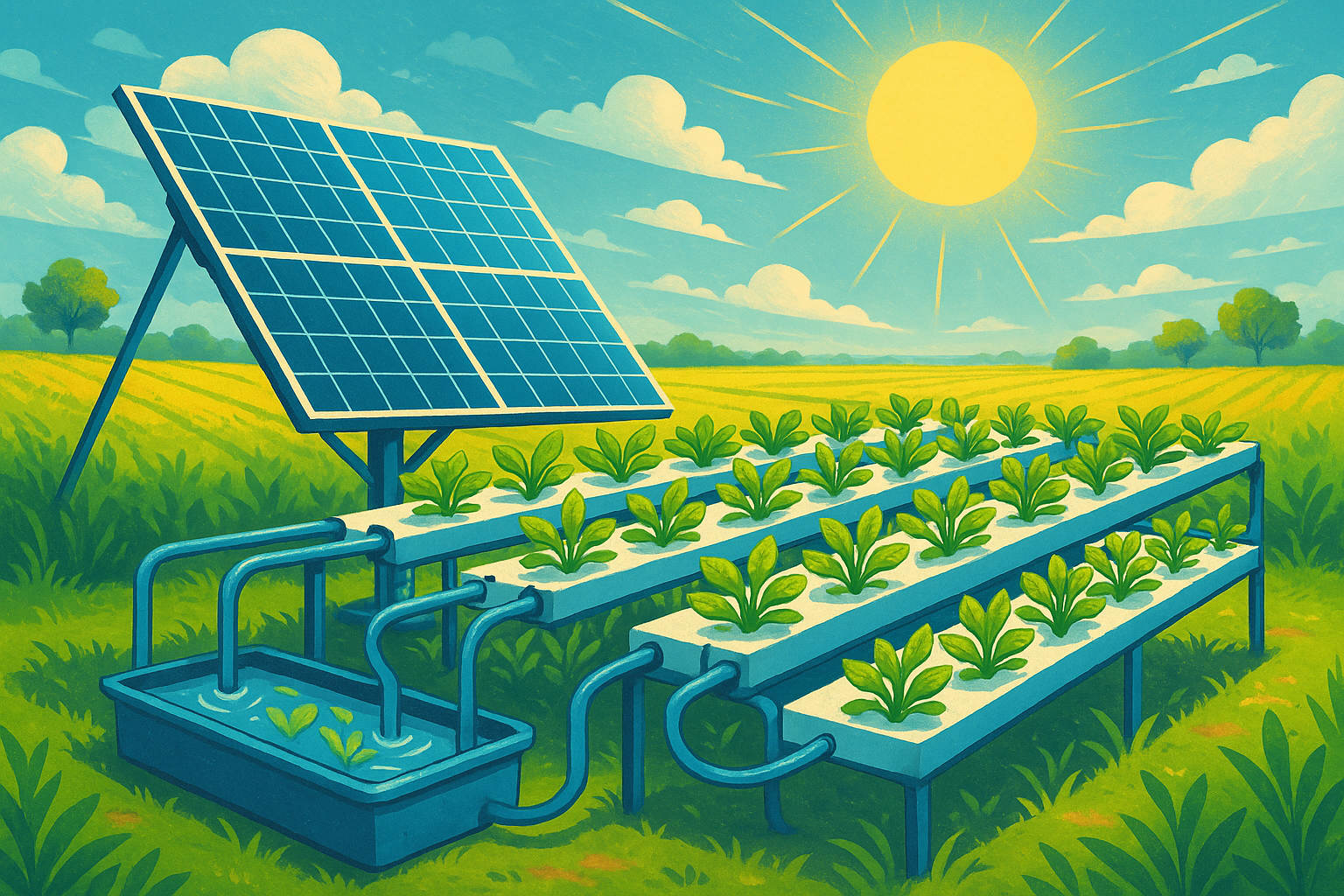
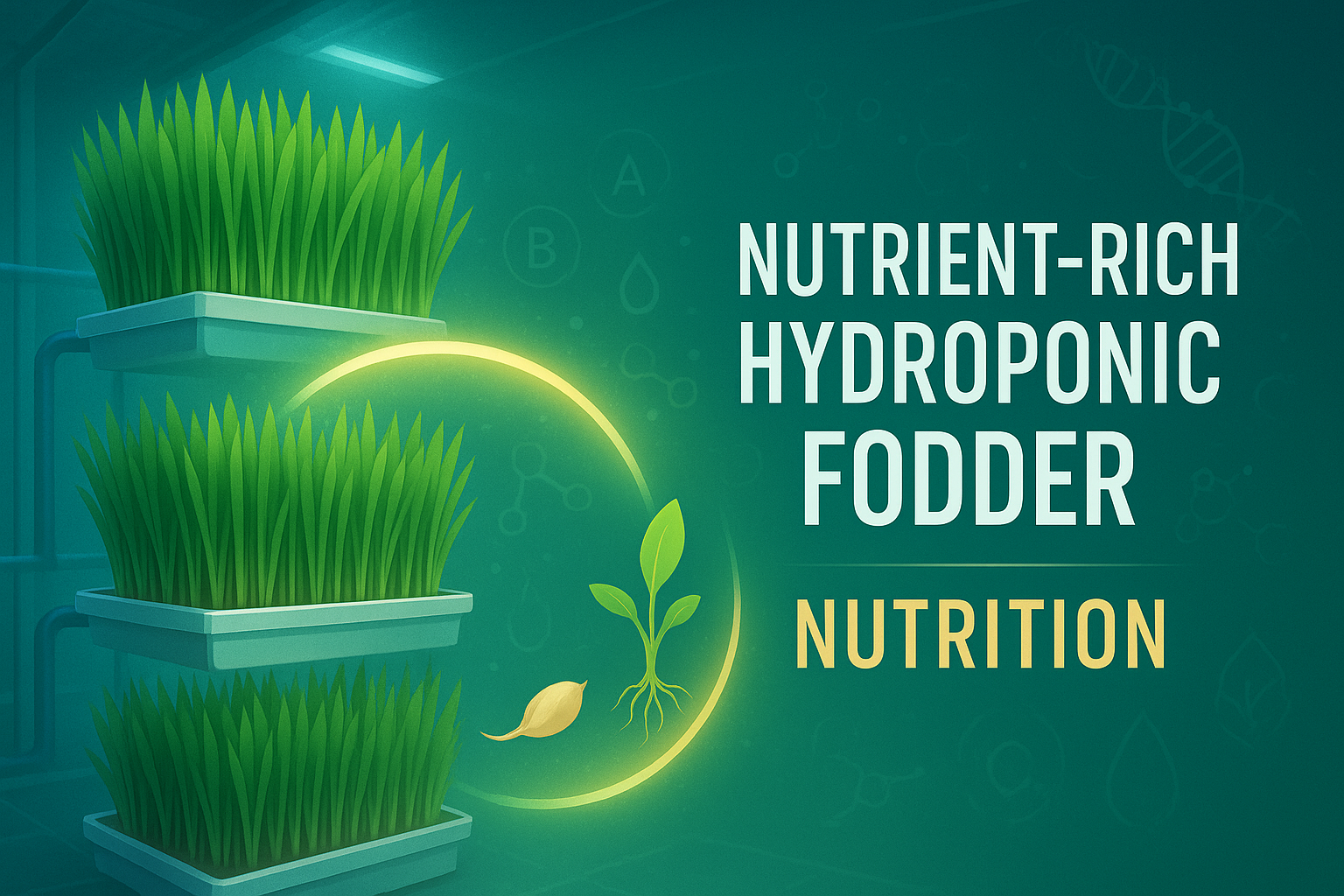
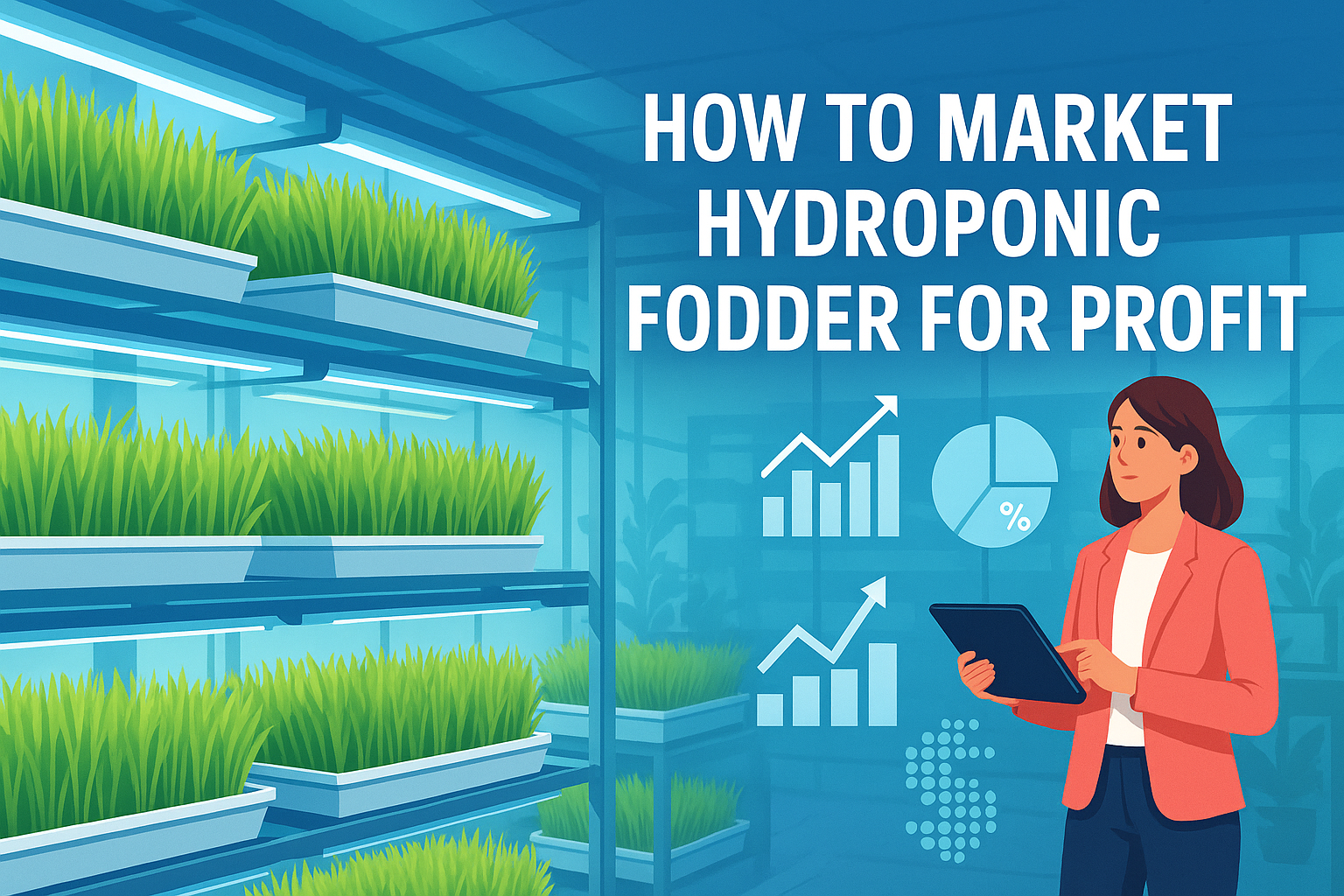
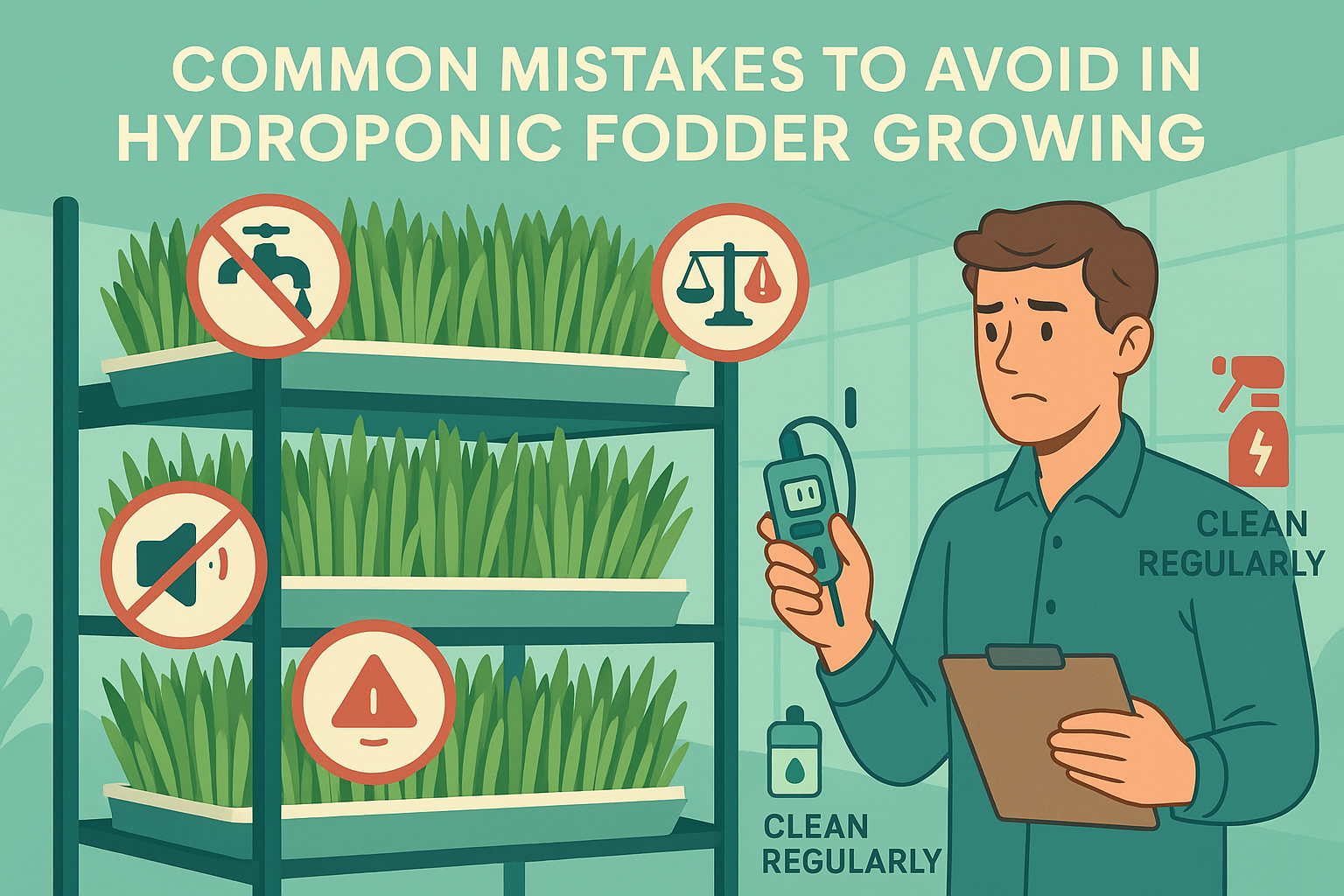





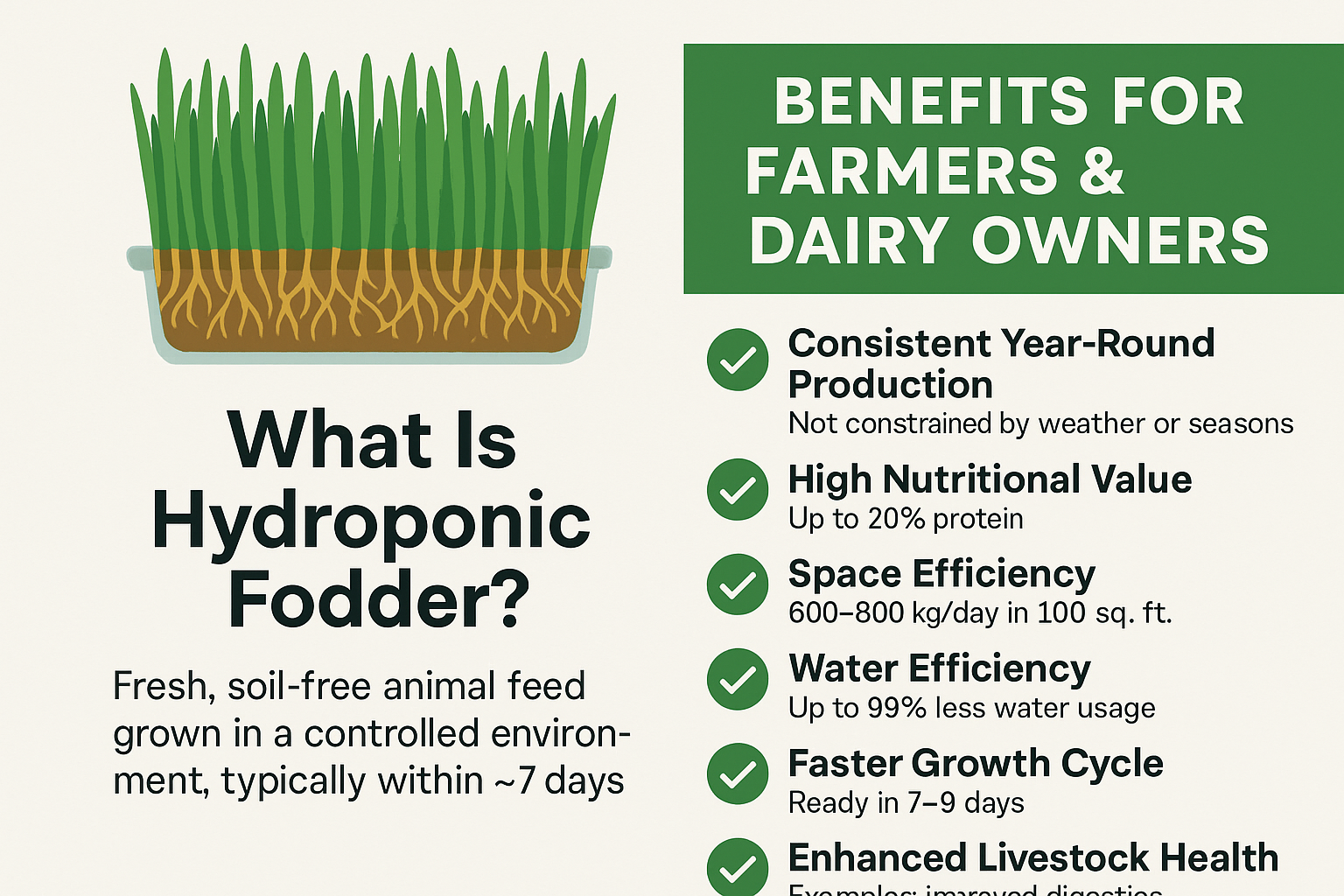
Leave a Reply